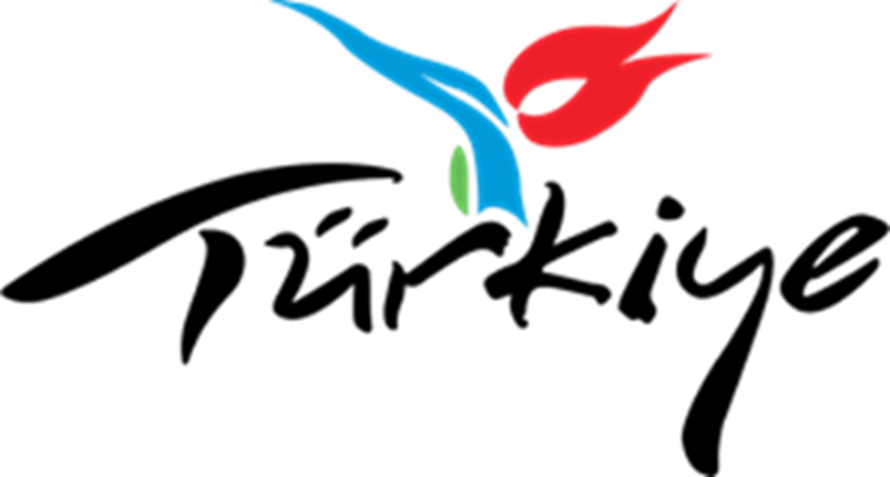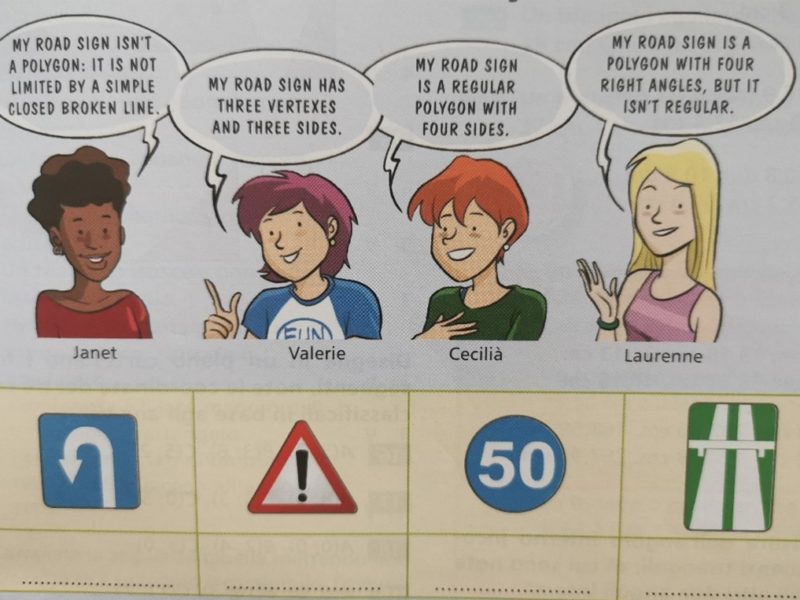According to the Constitution of the Republic of Turkey, every citizen has the right to education which is free of charge for the compulsory primary education. Since 2012, twelve years of education is compulsory for boys and girls, which can be divided into 4+4+4 years of schooling.
Primary school
With a new Law in 2012, four years of Elementary school + four years of Middle school is compulsory today, followed by four years of compulsory high school education (makes a total of 12 years compulsary education). Primary education is compulsory for all boys and girls at the age of 5,5, and is given free of charge in public schools. These schools provide eight (4+4) years of education. There are also private (and paid) schools under State control.
Most elementary school students dress similarly in a type of uniform to avoid any social class differences between rich and poor students.
If the children fails to pass the class, he/she has to repeat the same class next year. At the end of 8 years, successful students go for the Secondary education for 4 more years.
The purpose of the primary education is to ensure that every child acquires the basic knowledge, skills, behaviors, and habits to become a good citizen, is raised in line with the national moral concepts and is prepared for life and for the next education level parallel to his/her interests and skills.
Fatih project
In 2010, Turkey launched the Movement to Enhance Opportunities and Improve Technology (FATİH) project, aiming to extend and enhance the use of technology in teaching and learning.
The project has five key lines of action:
- Establishing the necessary infrastructure, including broadband internet connection, tablets, interactive boards, and online platforms;
- Developing and managing online educational content and resources;
- Promoting the effective application of ICT in teaching programmes;
- Offering professional development to teachers including face-to-face and online training;
- Ensuring the ethical, reliable, manageable, and measurable use of ICT.
EBA
EBA is the official national digital education platform, providing interactive and subject-specific digital content for students and teachers across Turkey from pre-school to upper secondary education. EBA aims to provide collaborative digital learning opportunities through the creation of alternative communication channels between teachers and learners and the development of personalised learning plans for individual learners.
Features include a smart content recommendation system, gamified features such as points and badge collection, and the EBA Portfolio where students can display their achievements and their work.
Approaches and techniques
Discovery approach:
- The goal of the approach is that learners learn how to learn rather than what to learn.
- This approach refers to an ‘Inductive Method’ of guiding learners to discuss and use ideas already acquired as a means of discovering new ideas.
Demonstration approach:
- The teacher provides/presents a problem,then the learners identify the problem.
- This problem provides them to focus which lead to the formulation of the hypothrsis by the learners.
- Once the hypotheses have been formulated, the learners’ task is to gather data to test hypotheses.
- The gathered data are being organized then data analysis follow to arrive to conclusion/generalization.
Brainstorming:
- Teacher elicits from the learners as many ideas as possible but refrains from evaluating them until all possible ideas have been generated.
- It is an excellent strategy for stimulating creativity among learners.
Cooperative learning:
- It eliminates competition among learners.
- It encourages them to work together towards common goals.
- It provides positive intergroup attitudes in the classroom. It encourages learners to work in small groups to learn.
- Every member is expected to participate actively in the discussion, with the fast learners helping the slower ones.
We can also:
- Use dramatizations
- Make up stories
- Use technology
- Use assesment to measure learners’ mathematics learning.



